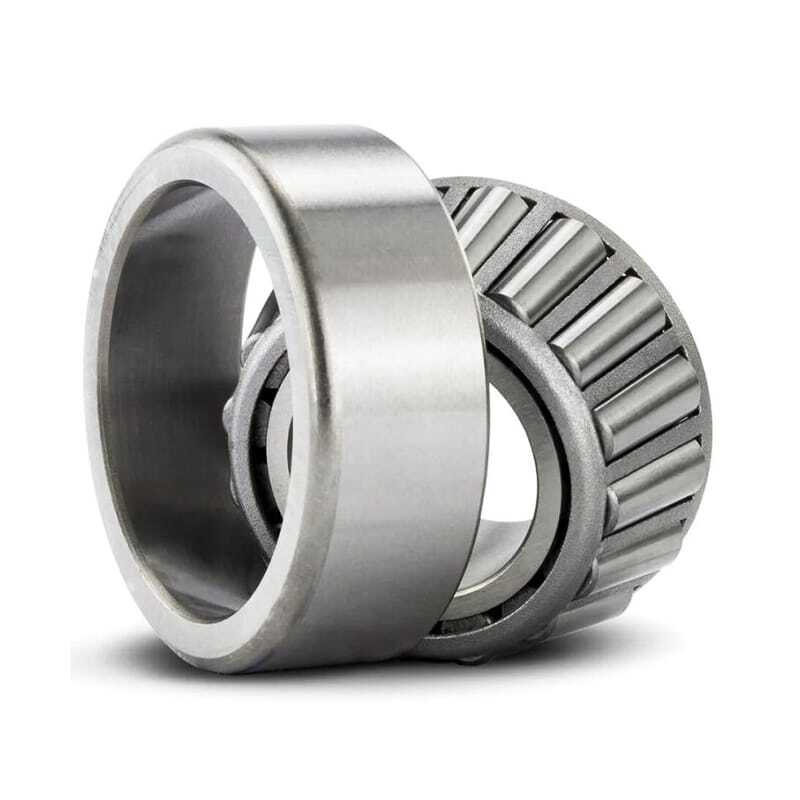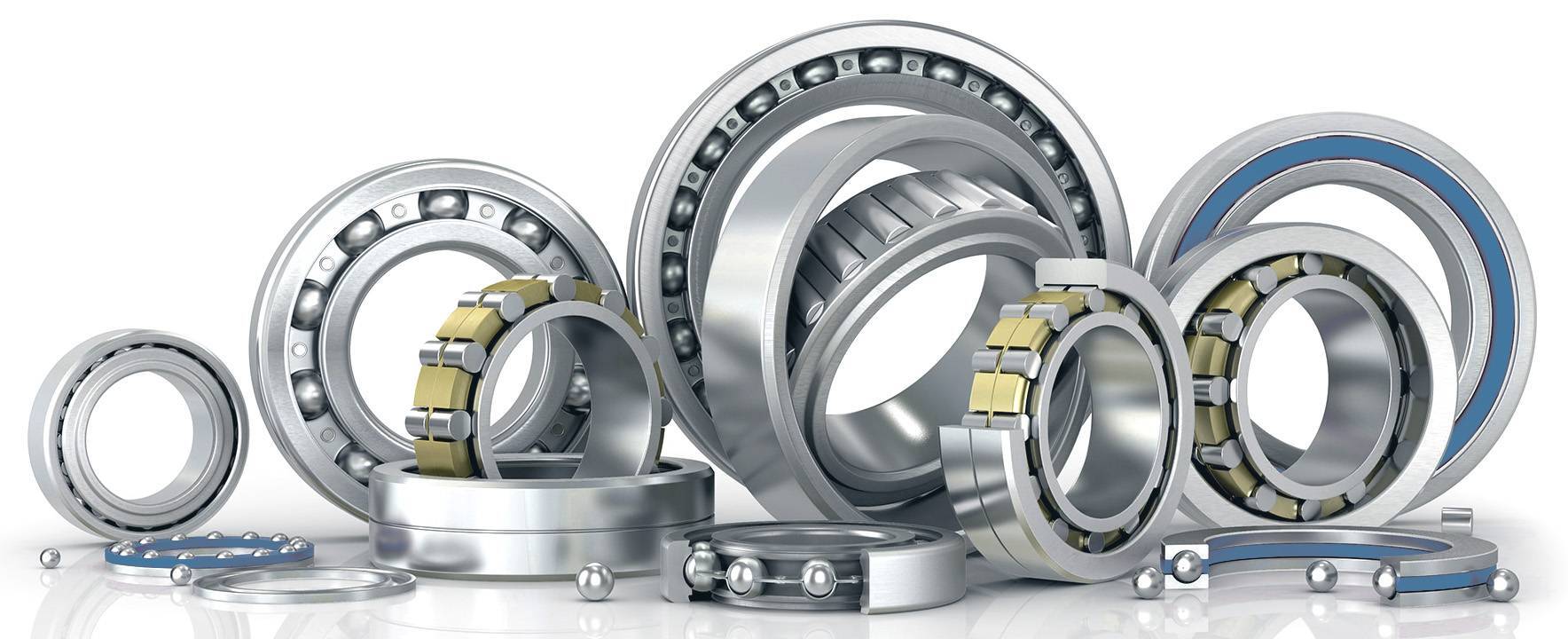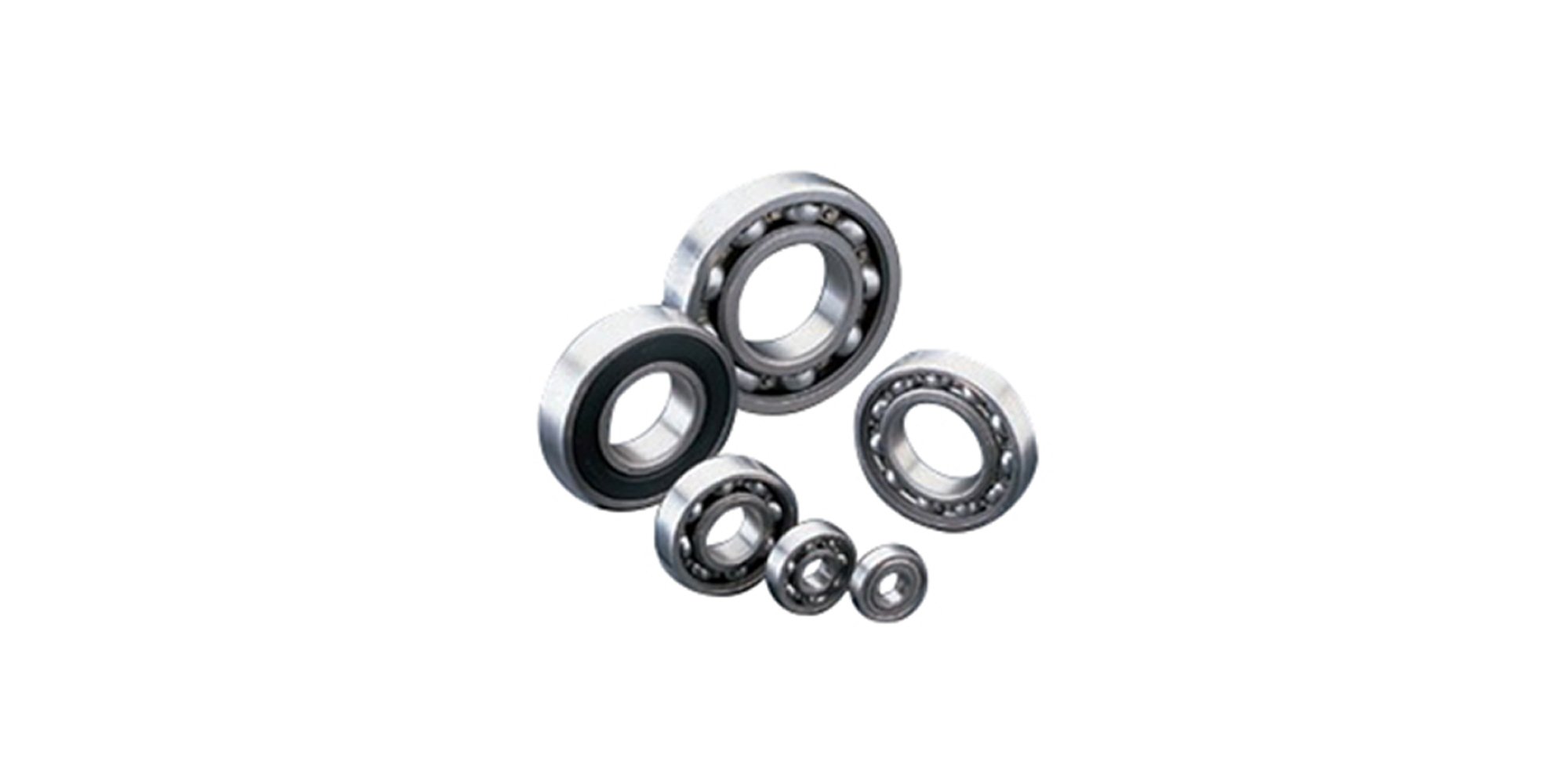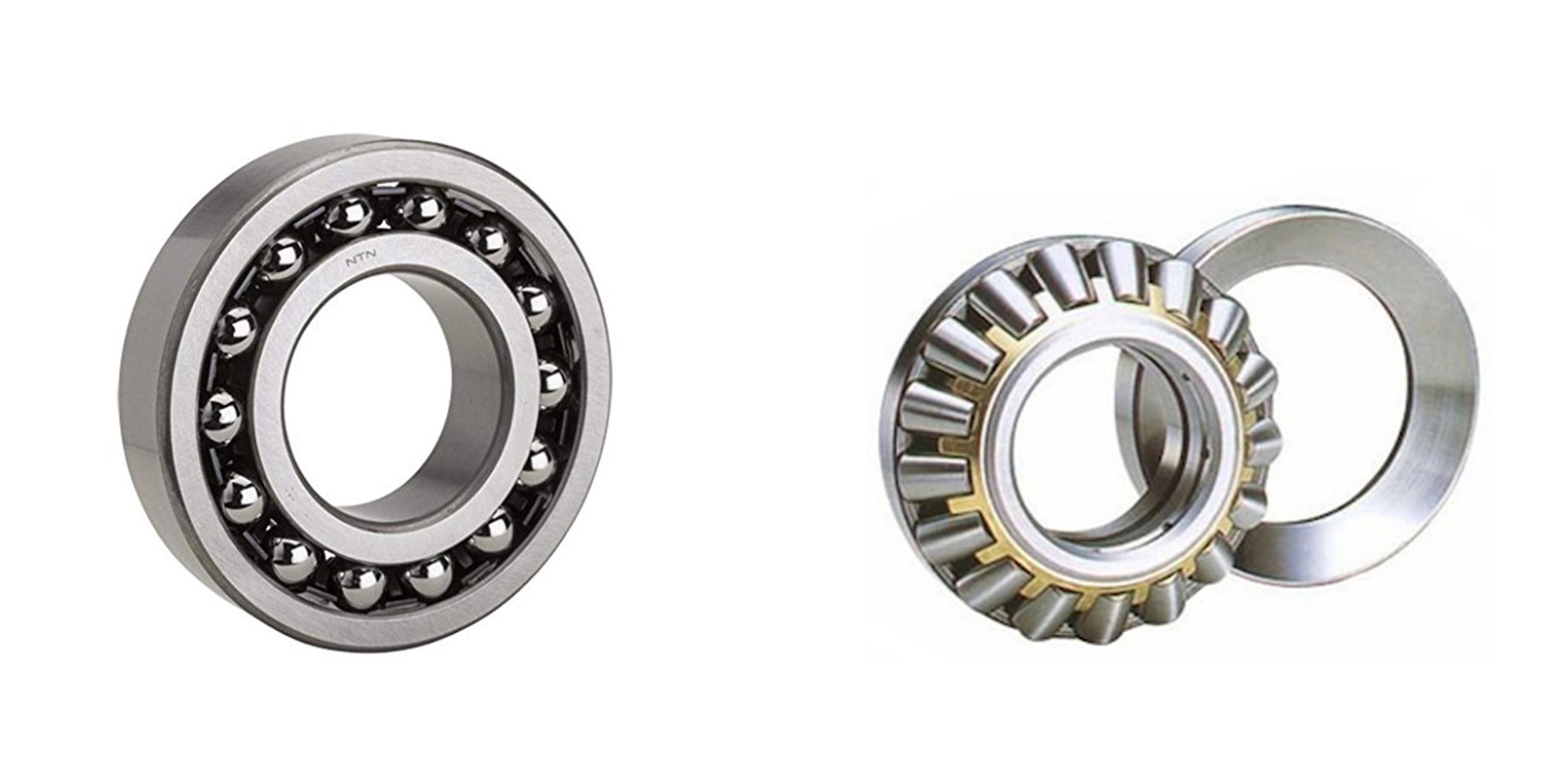Types of Bearings: A Comprehensive Guide
Importance of Bearings in Mechanical Systems Bearings are crucial for smooth and efficient motion in mechanical systems, while reducing friction,...

Heavy-duty turntable bearings are essential in many industries for rotating large, heavy objects. They can handle heavy loads in many different tasks.
These bearings are often called slewing bearings or turntable bearings in simpler terms. They are key to making sure machines and equipment run smoothly and effectively.
Follow this guide to get the essential information on the main features, standard details, uses, and maintenance tips of these bearings. And learn how to choose the right types for your industrial requirements.
A heavy duty turntable bearing is a strong type of bearing made to manage heavy axial, radial, and moment loads. They have reliable, steady performance that lasts, even in tough situations.
Heavy duty turntable bearings can handle impressively heavy load, from just 500 pounds up to over 25,000 pounds. The load capacity is based on what the specific job needs.
Heavy duty turntable bearings are ususlly made of strong materials such as cast iron, steel with a protective zinc coating, or special alloy steel.
These materials are extremely strong and can last a long time, even when dealing with heavy stuff and rough situations. Galvanized steel resists rust, which is ideal for outdoor use or wet environments. Alloy steel provides extra toughness and can withstand high stress, making it perfect for demanding applications.
All these materials ensure that the bearings are both reliable and long-lasting.
Quality ball or roller bearings enable smooth 360-degree rotation in heavy-duty turntable bearings. They do this by minimizing friction where the bearing contacts the moving parts.
The balls or rollers inside the bearing races spread out the weight evenly, letting the bearing move in a smooth, round motion. This design reduces wear, tear, and noise, ensuring that operations are smooth and quiet. This is crucial for maintaining efficient performance across a range of applications.
Here's the options to tailor heavy duty turntable bearings for the specific use and maintenance.
The key specs for heavy duty turntable bearings are the inside and outside diameters, the height, and where to put the mounting holes. These details are especially important to make sure the bearing fits just right in your setup.
Heavy duty turntable bearings let you easily spin large and heavy things at industrial work stations and welding tables. They act as a strong center point that helps you turn materials around for better access and handling. This makes work faster, safer, and more efficient in factories and other places where they make stuff. These bearings last longer, even with lots of use.
Choose a bearing by taking into account the weight and the nature of the load, such as whether it's a static or dynamic load and if there are any edge load concerns. This will make sure the selected bearing can manage the anticipated loads effectively.
To pick the right heavy duty turntable bearing, first figure out the load it needs to handle. Think about whether the load is static (staying put) or dynamic (changing).
Also, consider edge load, which is the weight on the outer edge. Add all the forces, and choose a bearing that can handle the total.
Always go for a bearing with a bit of extra capacity to account for any surprises. This way, you'll have a reliable and safe setup.
You need to measure the diameter, height, and mounting space to make sure the bearing fits perfectly in your setup. If the bearing doesn’t fit your setup, it won't work right and could cause problems. Getting the right size ensures smooth operation and a long-lasting bearing.
Environmental factors like temperature, dust, and chemical exposure can affect heavy duty turntable bearings. High temperatures can cause grease to break down, while dust and chemicals might corrode the bearing. Picking the right material, like corrosion-resistant steel or well-sealed bearings, can protect against these issues. This extends the bearing's life and keeps your operations running smoothly, no matter the conditions.
These heavy duty bearings can handle way more weight than your regular Lazy Susan bearings. That makes them perfect for larger and more demanding applications.
Heavy duty turntable bearings and Lazy Susan bearings serve different purposes.
Heavy duty ones can endure tough jobs in factories, warehouses, and other commercial spots where they handle heavy loads. Lazy Susan bearings, on the other hand, are more for light work around the house, like spinning your dinner plate at Thanksgiving.
Excessive noise from heavy duty turntable bearings often comes from not having enough grease or the wrong kind. Other times, it could be because the bearing is just too old and worn out.
To solve this, make sure you're using the right grease and putting it in at the right times. If the bearing is old, it might be time for a new one. Keeping up with maintenance can help your bearings run quietly and smoothly.
Heavy duty turntable bearings can fail because of overloading, incorrect installation, or neglecting maintenance. To prevent failures, never push the bearing beyond its load limits. Ensure it's properly aligned and secured when installing, and keep up with regular checks and lubrication. Catching small issues early can save you from a full breakdown.
Heavy duty turntable bearings can handling heavy loads and last a long time. They're used in everything from factories to amusement parks.
To keep them running smoothly, choose the right bearing for the job and take care of them with regular maintenance. Remember, picking the perfect bearing and looking after it can save you much trouble.
If you want to learn more or need help, LILY’s experts are always ready to assist you.

Importance of Bearings in Mechanical Systems Bearings are crucial for smooth and efficient motion in mechanical systems, while reducing friction,...

Compared with ordinary bearings, stainless steel bearings have stronger rust and corrosion resistance. They not only have obvious advantages in...

Bearings are essential parts of machines and equipment. They reduce friction, making it easier for parts to move smoothly. Two main types of bearings...